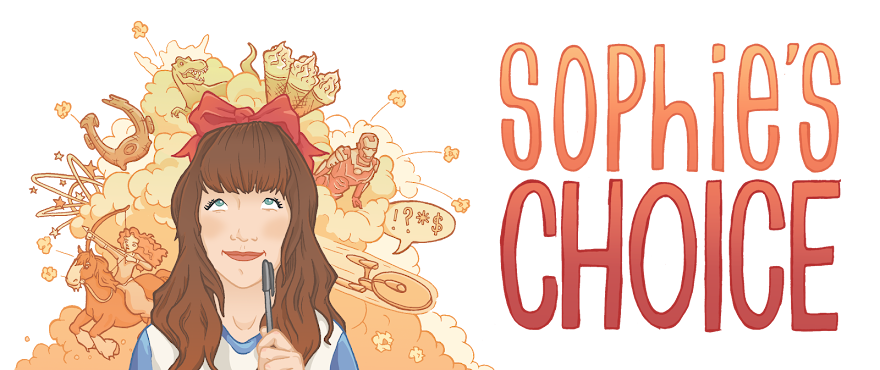Also, there's the fact that Rachel is the character, being played by an actress called Rachel. You know what, I think the whole thing is set up to confuse us even more that the film already does... #conspiracytheory
Now that's cleared up - in the words of Ethel Merman - let's GO ON WITH THE SHOW!
I don't know if I mentioned this but I'm taking a little break from work at the moment. This makes way for the sweet, sweet bliss of... afternoon trips to the cinema!! It's an amazing glimpse at retired life.
 |
| My new crew |
The set-up: Philip, a young, slightly hapless English farm-owning gentleman (you know the type, think Poldark) is brought up by his older cousin, Ambrose - not the custard. Life is great. But THEN Ambrose gets very ill and is sent away to Italy to recover in the sun (I wish that happened whenever I got ill). There, he meets ANOTHER cousin - Rachel - and falls in love (which was OK in those days). But then one thing leads to another and he ends up dying. Rachel suddenly seems VERY suspicious, and Philip seems pretty bent on killing her when she comes over to England to visit. However, as with all murderous feelings, they eventually turn into love. Complications ensue.
I gathered from an interview with Rachel Weisz on the Kermode and Mayo film review (i.e. Wittertainment) that the character of Rachel was kept particularly elusive throughout the entire film, as the leading lady and the director both decided - separately - whether she was guilty, and didn't tell the other. This decision showed itself throughout the film, keeping me guessing from beginning to end.
 |
| Classic British Summer outfit |
Rachel doesn't even appear for the first 20 minutes or so of the film, building an enormous sense of suspense before we've even seen her on screen. When she does decide to turn up, she's in constant control of her emotions: even her more 'vulnerable' moments seem planned and measured for dramatic effect.
This is counter-acted with the young, passionate and naive Philip. An orphan, he's never known real female company - and it SHOWS. Described as a 'puppy' by Rachel herself, he's completely over-ruled by his emotions, giving into complete infatuation - bordering on obsession - within literally 24 hours.
 |
| He who smelt it, dealt it |
The relationship between these two opposites is richly and subtly portrayed, both parties appearing on the cusp between happiness and madness. It's a creepy, almost mother-son relationship which is stomach-churning and strangely addictive to watch. My only criticism would be that the character of Philip does come across as a bit dim: his rash decisions persistently come back to bite him, even though all of his old friends are trying to help him out. I mean, I would lose patience after a couple of weeks.
Visually, the film is beautifully shot, with noticeable attention to detail - the warm, rich colours of Italy contrast with the gothic darkness of the English country house; windows, arches and trees give natural frames to the most intimate scenes, making us feel like spies looking for clues. Pastoral beauty and rugged landscapes meet the dark decadence of the inner-house scenes. A sharp, close focus on Rachel's face gives the film the edge of a thriller. There's even one scene where we are looking up at the window and you half expect a 'Woman In Black' style hand to slam on the glass.
 |
| 'Caaaann You Feel the Love Tonight' |
Gothic tropes colour the whole film: Rachel's lace mourning veil which gives her an air of other-worldly mystery, the many candle-lit scenes where Rachel is the one controlling the lighting and extinguishing of the candles, and the brilliant, Hitchcock-style strings which add an extra depth of foreboding to the dramatic climaxes. The tea stirring couldn't fail to remind me of Get Out (which my dad tells me stole it from something else, please comment if you know what he's talking about)!
All in all, a very enjoyable, unnerving and atmospheric mystery (which may make you avoid cliffs for a while).

No comments:
Post a Comment